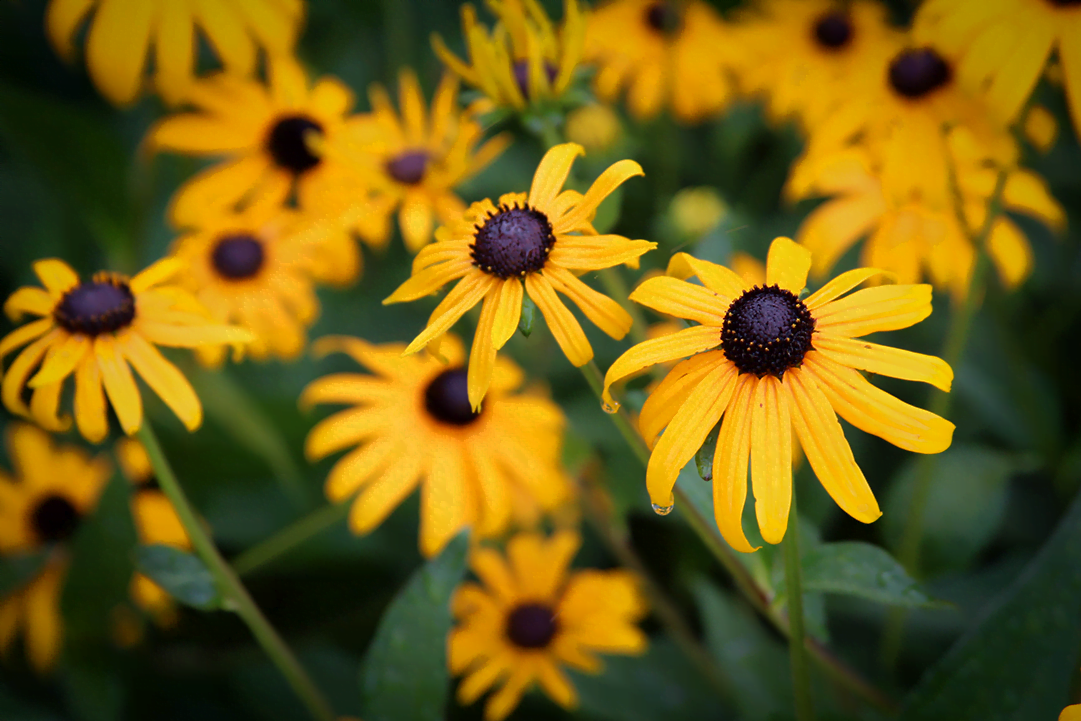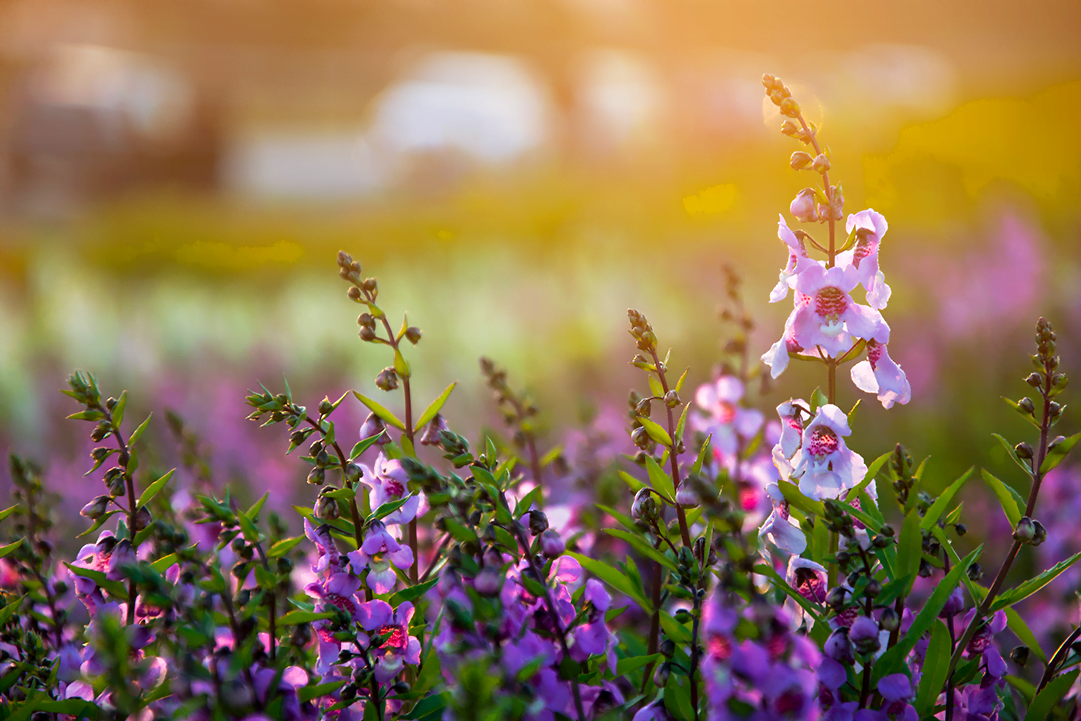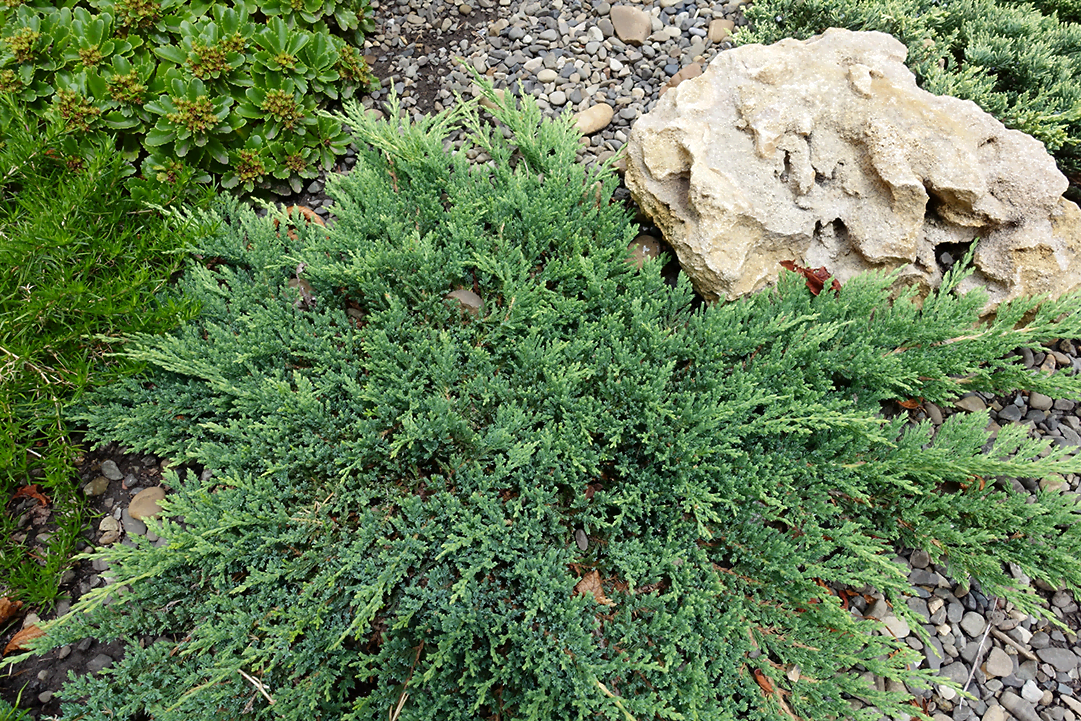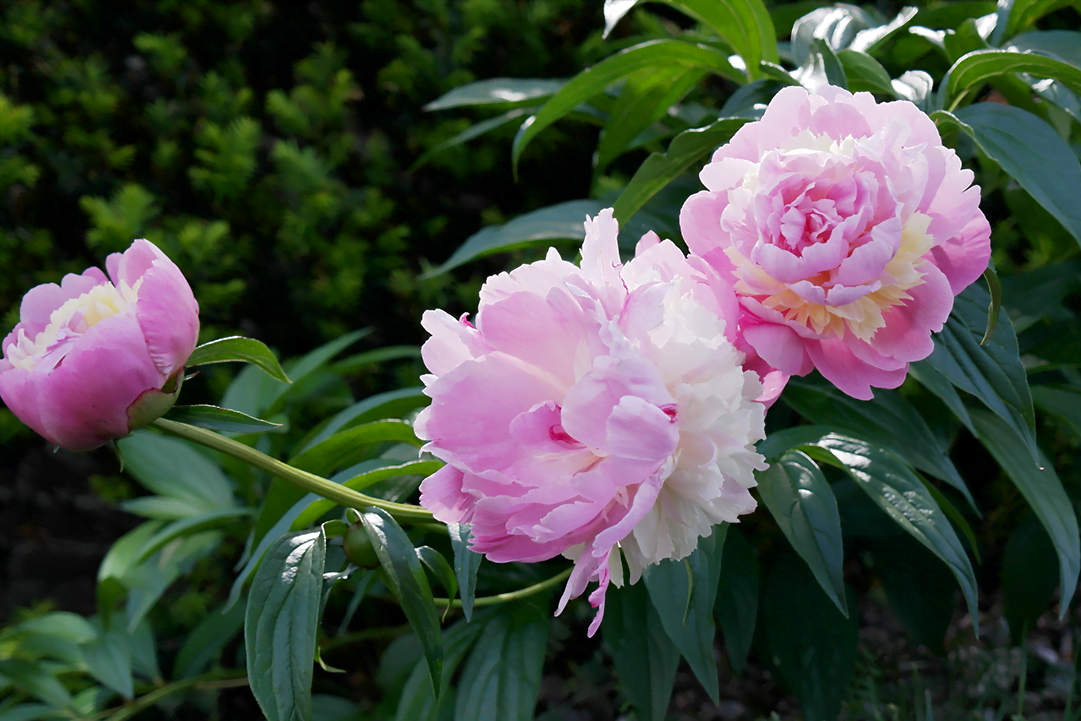Not only does black-eyed Susan have a name you can’t forget, it also has a bright yellow, dark-centered flower you can’t mistake. These herbaceous wildflowers grow all over North America, from yards and gardens to fields, prairies and mountains.
Black-eyed Susan’s scientific name is Rudbeckia hirta. It belongs to the Asteraceae family, more commonly known as the aster or daisy family, which includes a whopping 32,000-plus species. Black-eyed Susans planted in full to partial sun grow quickly and with little intervention, making them a popular pick for beginners and casual gardeners. Their only preference in soil is that it is well-drained. Follow these simple guidelines, and you’re bound to have a burst of yellow – not just next summer, but also the following summer, thanks to black-eyed Susan’s perennial nature.
Did You Know?
Black-eyed Susans are among the first to grow after a natural disaster or fire, setting the stage for a new ecosystem to begin. These types of plants are called “pioneer species.”
Other Fun Facts About Black-Eyed Susan
- Black-eyed Susan has been the official state flower of Maryland for 100 years and counting.
- The genus, Rudbeckia, is named for Olof Rudbeck the Younger, who specialized in everything from botany to medicine to chemistry and more.
- The roots of black-eyed Susans have been used in traditional herbal medicine to heal earaches.
- Native Americans used black-eyed Susan to treat colds, the flu and other infections.
- In floriography (the language of flowers), black-eyed Susan symbolizes encouragement.




